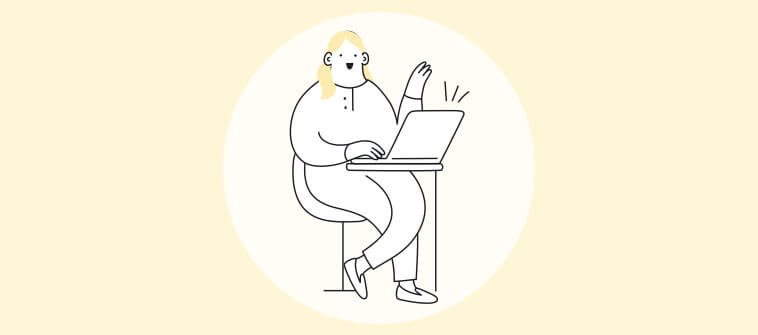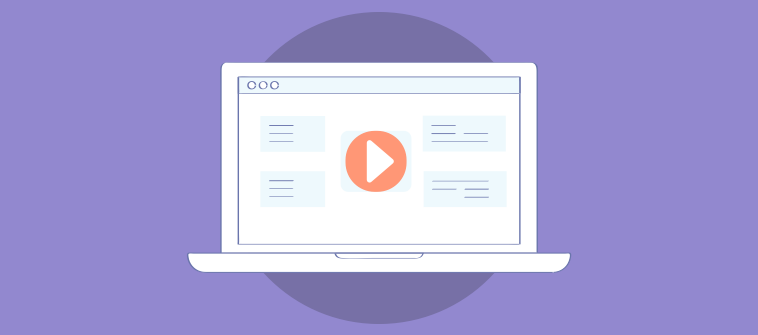
Nothing is more frustrating and futile than spending hours searching for information you know exists within your organization.
Thanks to knowledge management features and capabilities, you can conveniently, safely, and authentically store, retrieve, and share information across your organization.
According to a McKinsey Global Institute Report, implementing a knowledge management system can minimize the time spent searching for information by 35% and boost organization-wide productivity by 20-25%.

In this article, we will explore the top 10 features of a knowledge management system and its functions to help you maximize your organization’s collective knowledge. Let’s get started!
What Is a Knowledge Management System?
A knowledge management system is a tool to store, retrieve, and share information within your organization. It is a sub-category of enterprise content management systems. A Knowledge management software system pools data into one collective resource, preventing data silos and making it easier to find information.
Having all the collective wisdom in one central place lets stakeholders know exactly where to go when they have questions about your business.
The platform also allows for content creation and can be used by your customers and employees to solve their issues independently without requiring agent intervention.
Self-service options enhance the customer experience as they help your customers find quick and simple solutions without calling support.
Some of the primary benefits of knowledge base software include:
- Promotes a habit of collaboration and knowledge-sharing culture within your organization
- Provides your teams and customers with quick and easy access to the information they need to do their tasks better
- Helps decision-makers make more informed decisions by providing them with accurate and up-to-date information
- Boosts work productivity by minimizing the time spent searching for information
- Helps customers find answers to their questions and resolve issues independently, improving customer satisfaction
- Enables self-service options and reduces the need for extensive customer support
- Helps improve brand credibility by showing that you care about addressing customer queries
Top 10 Major Features of a Knowledge Management System
A knowledge management system (KMS) should effectively capture, store, organize, and distribute knowledge. While the specific features may vary depending on the software provider, here are the top 10 must-have features in your next KMS:
1. Simple to Use
One of the most essential knowledge management features to look for is its ease of use — easy to implement, set up, and access.
A user-friendly interface and intuitive navigation make it easy for your customers to find the information they need quickly and efficiently. This saves time and reduces frustration, increasing productivity and job satisfaction.
In addition, an easy-to-use system encourages the end users to contribute their knowledge and expertise, enhancing your company’s collective knowledge.
When considering knowledge management software, it’s crucial to prioritize the user experience and ensure that the system is accessible and easy to use for all team members.
2. Google-Like Search Functionality
An ideal knowledge management tool should emulate the user-friendly search experience provided by platforms like Google. Users should instantly receive relevant content suggestions when they begin typing their query in the search bar.
This feature streamlines the process of searching and gathering information, creating a seamless experience for end-users. It’s all about ensuring users can quickly and efficiently locate the required information.
In the following Amazon example, you can see the ‘Search Amazon’ text in the search bar to find anything you want. It also has different help topics below the search bar to boost self-service further. That’s how a Google-like search mechanism works – accurate results in an instant.
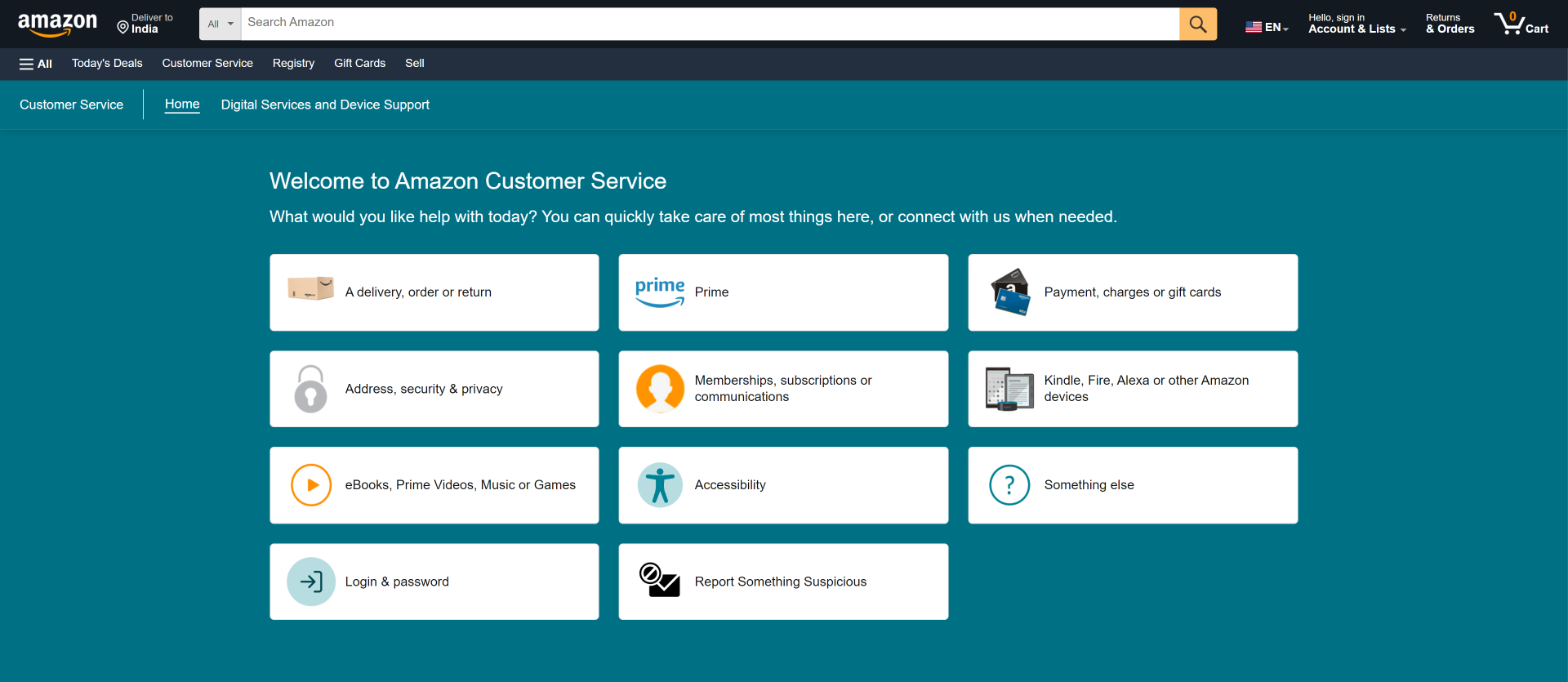
3. Multi-Device Compatibility
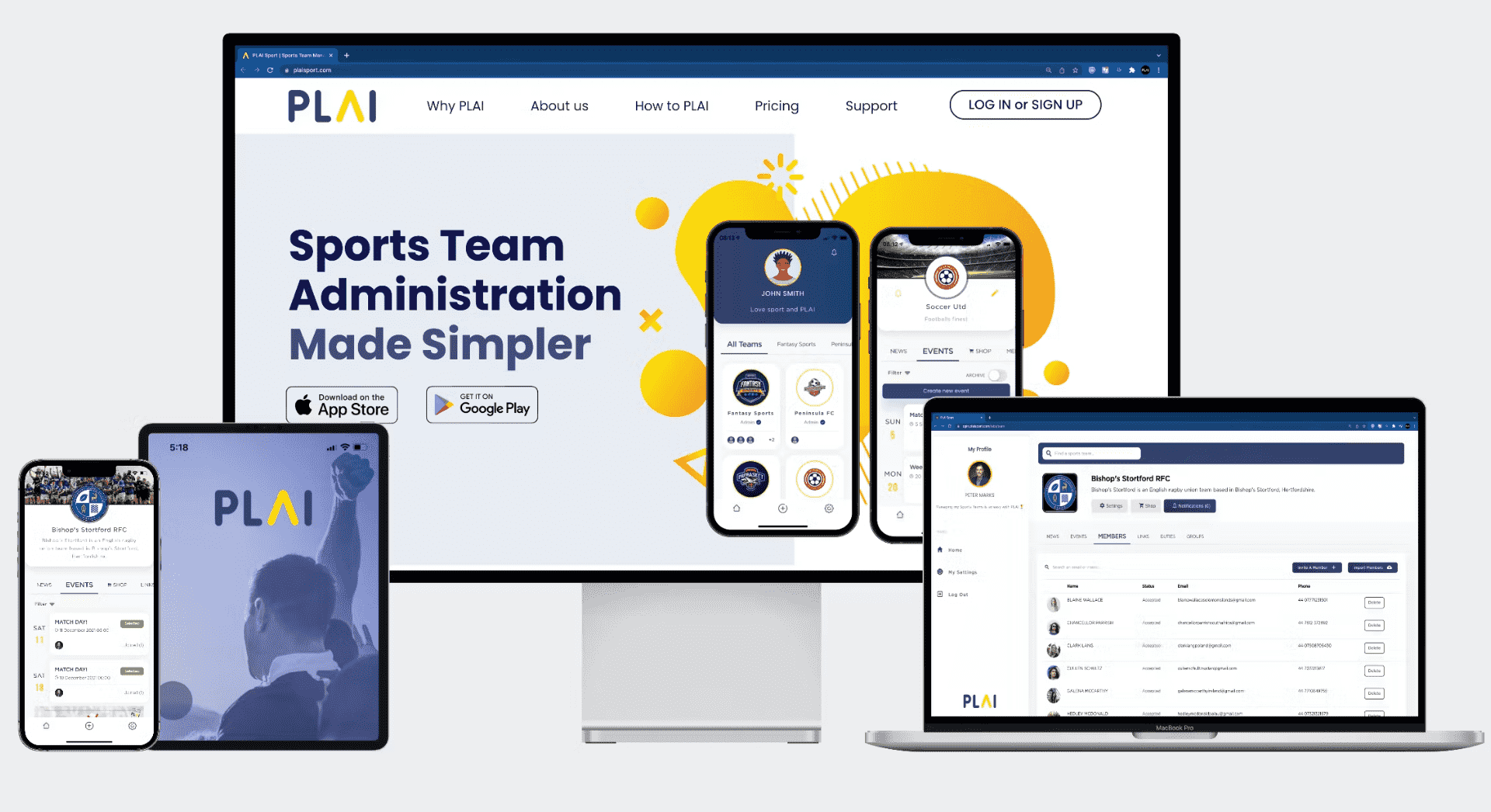
Multi-device compatibility is another essential functionality to add to your must-have knowledge management features list. It allows end-users to access the help center from various devices, including desktop computers, laptops, tablets, and smartphones.
Your team can access the information they need wherever and whenever required.
Multi-device compatibility benefits your remote teams and customers who are frequently on the move as they can stay connected and up-to-date, even when away.
4. Flexible Branding & Customization
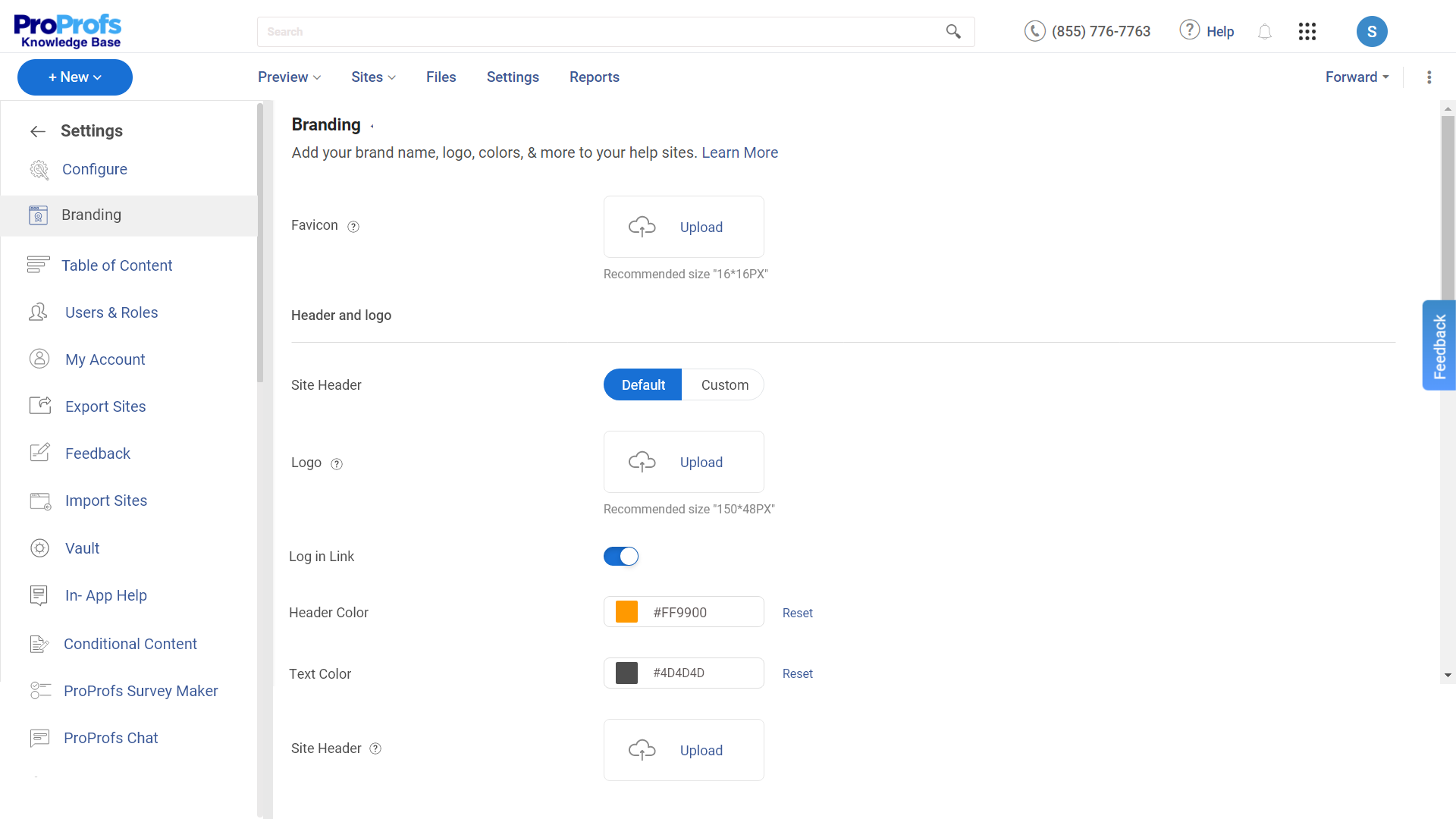
Forget about delivering an enriching learning experience if your knowledge base looks boring. Your knowledge base users should know immediately that it is your brand. ProProfs Knowledge Base lets you customize your knowledge base with your brand name and logo and choose from various fonts, themes, and designs that complement your brand.
You can create a table of contents and customize it for structured reading. You can also assign different roles and permissions to users, such as admin, contributor, writer, editor, or your custom roles, to ensure they have appropriate access.
Such tools also support content creation in multiple languages, helping you cater to a global audience. You can also track changes made to your knowledge base, restore previous versions, and compare different versions of a page or article.
5. Team Collaboration
Two are better than one, right? What about more? Managing knowledge is not a task that can be accomplished by a single individual working in isolation. Instead, it requires a collaborative effort from all team members, who must work together to create, manage, and maintain a knowledge platform.
Ensure that the knowledge management system offers team collaboration features that allow you to define the roles and responsibilities of different members.
As a master administrator, you should be able to assign roles such as administrator, contributor, editor, and viewer to other users and set their responsibilities accordingly. This streamlines knowledge management and brings your entire team together to build your knowledge base.
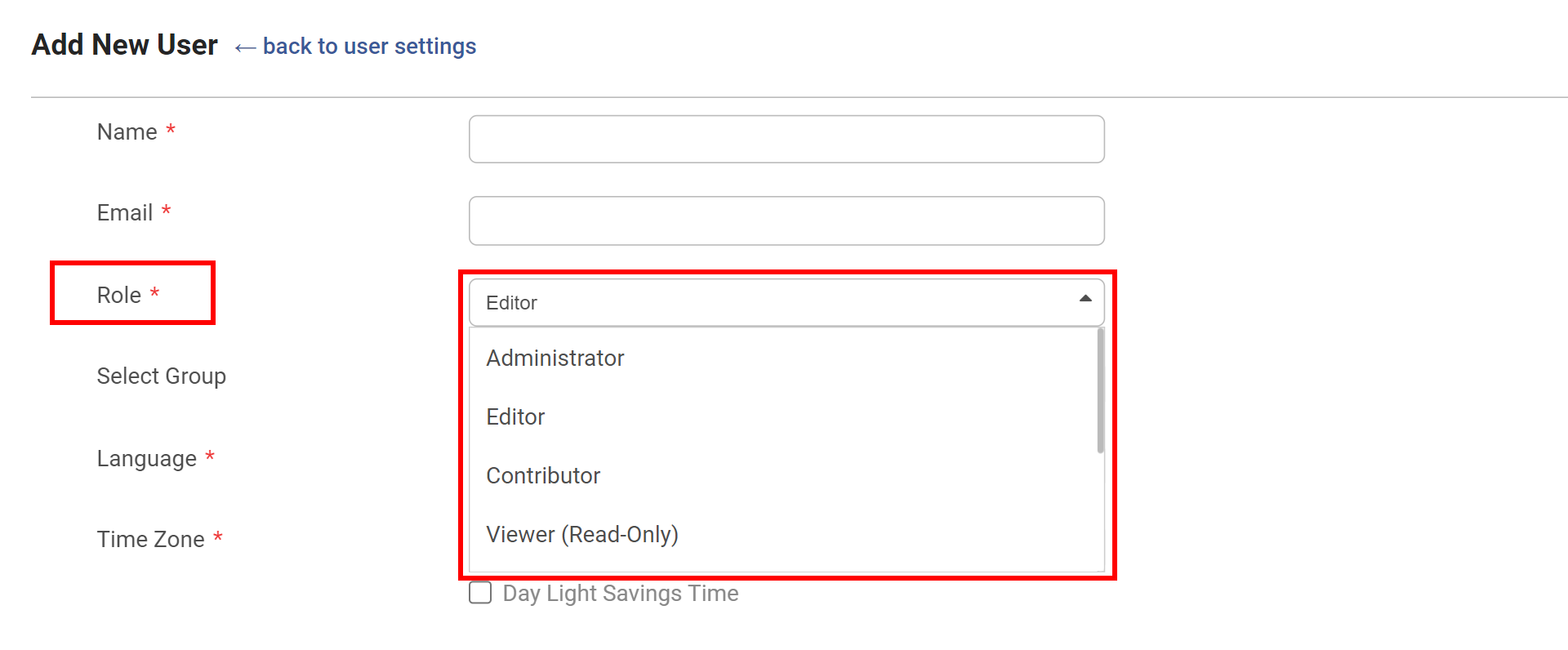
Learn more about team collaboration through knowledge base software with the help of this video:
6. Content Authoring & Editing
The editor is a critical feature in a knowledge management system, as it forms the backbone of your knowledge base. It gives your teams the tools to write, edit, and publish content effortlessly.
You should consider an editor similar to MS Word due to its familiar styling and formatting options that other editors usually lack.
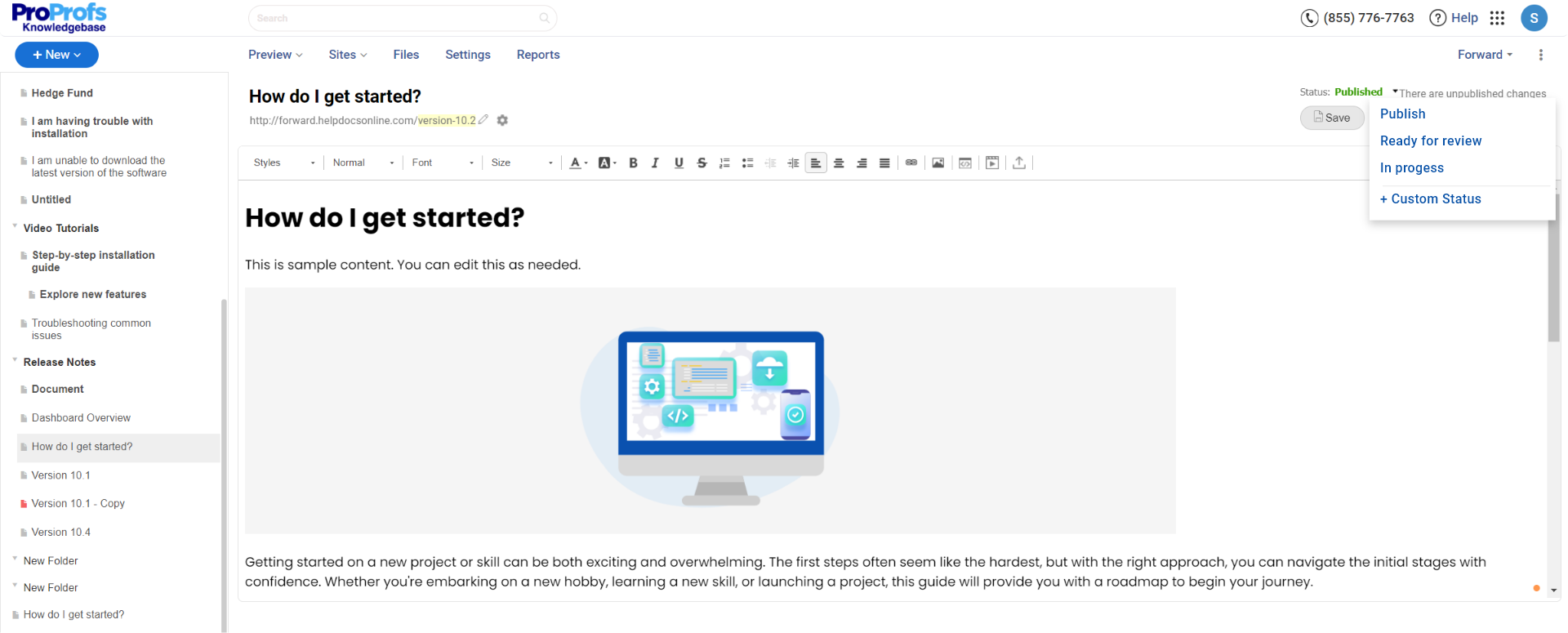
With this feature, you can insert images, tables, and videos directly into your knowledge base. You can also change paragraph formats, adjust indentation, add page breaks, bullets, anchor links, and more to enhance the content.
7. Smart Integrations
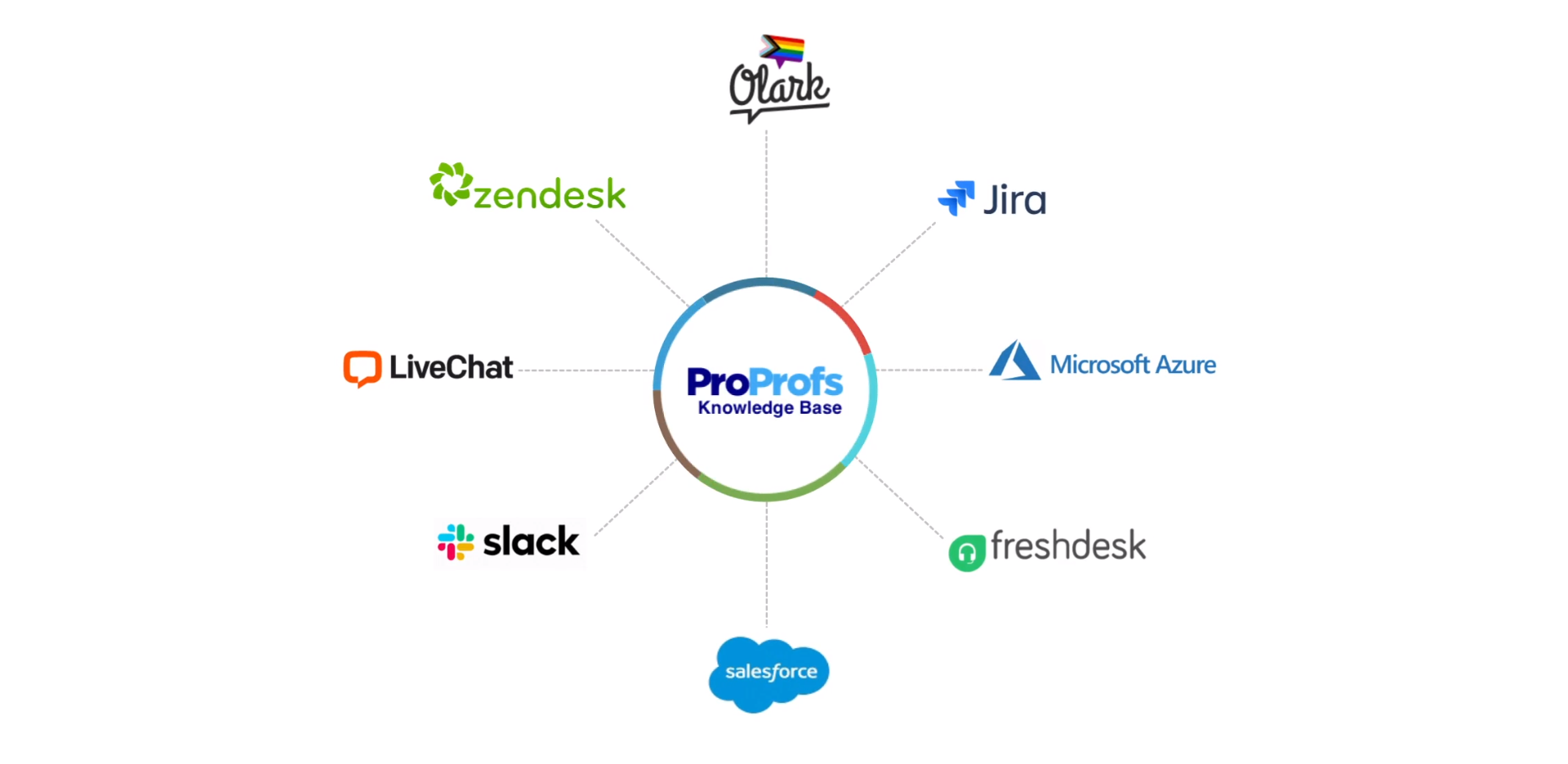
Intelligent integrations allow you to perform multiple tasks efficiently by integrating with various third-party tools related to ticketing, CRM, surveys, and more.
For instance, if your knowledge management software integrates well with a popular help desk ticketing tool, it can provide a better experience for end-users. They can find information instantly on their own through the knowledge base, and if they face any issues, they can quickly raise a ticket directly from the knowledge platform without leaving the page.
It’s essential to consider a knowledge base software system that integrates seamlessly with popular tools such as Zendesk, Freshdesk, Wufoo, Salesforce Desk, and others.
It should integrate easily with CRMs, G-suite, and their in-house tools.
Seamless integrability makes your knowledge base much more than just a digital repository for important information. It becomes a powerful tool for improving customer support and enhancing team collaboration.
8. Built-In Reports
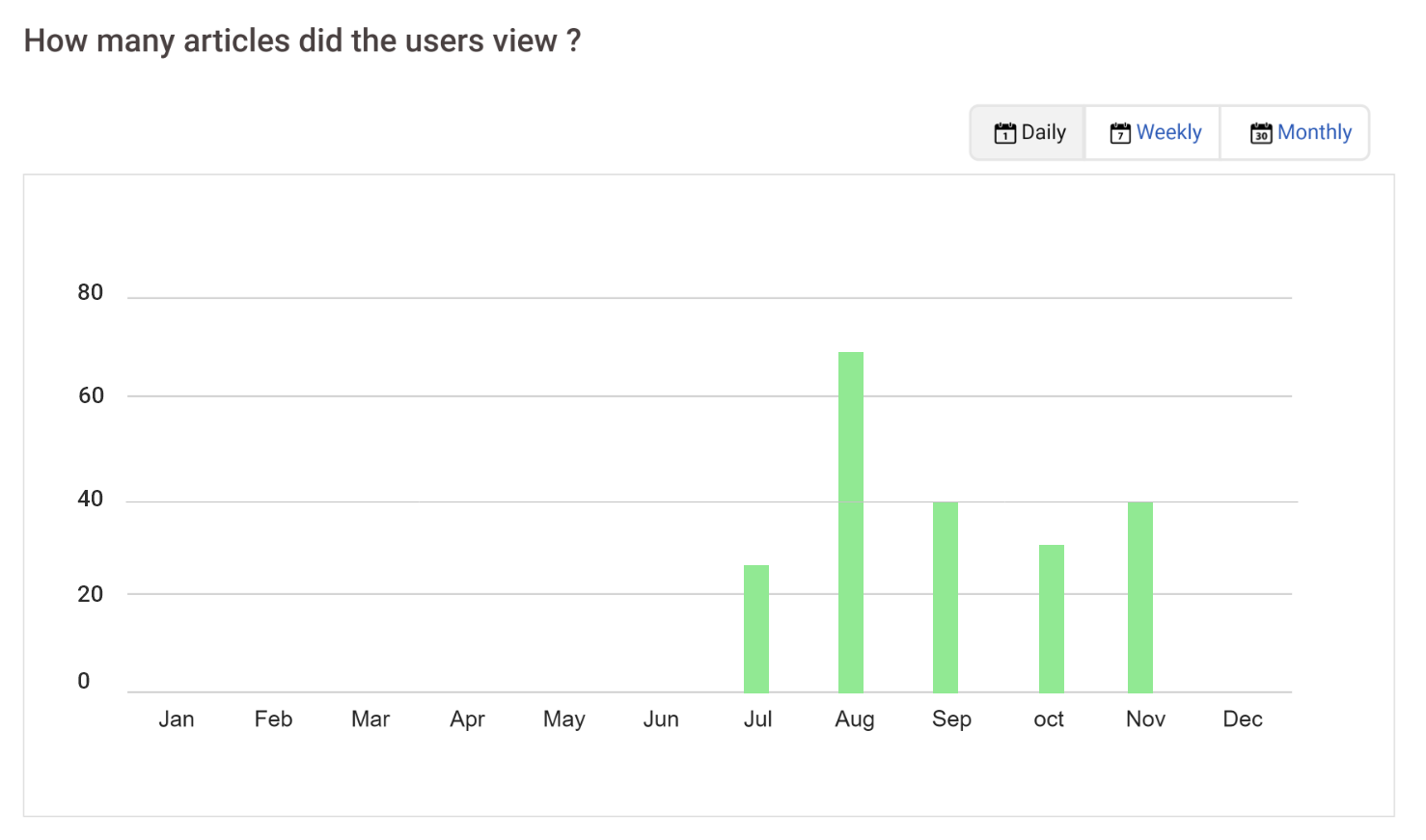
Creating a knowledge base is a constant process that demands regular content updation. But how can you decide what’s missing, what’s incorrect, or what’s working well in your knowledge base system?
Built-in reports can help in the same by providing comprehensive data around your knowledge base’s performance using various metrics like:
- The number of articles created
- The total number of searches
- The number of failed and successful searches
- Poorly rated and popular articles
- Broken links
- Keywords that did not yield results
- Author activities
This data is presented in graphical and tabular formats for easy understanding. You can utilize it to gain insights into your knowledge base’s performance and identify areas for improvement.
Moreover, you should also look for features like tracking recent changes made to your knowledge base, restoring previous versions, comparing two versions of a page or article, etc.
This can help you keep your knowledge base up-to-date and ensure that it continues to provide value to your users.
Watch this insightful video for more information on evaluating your knowledge base’s performance using reports:
9. G-Suite (Google Suite) Integration
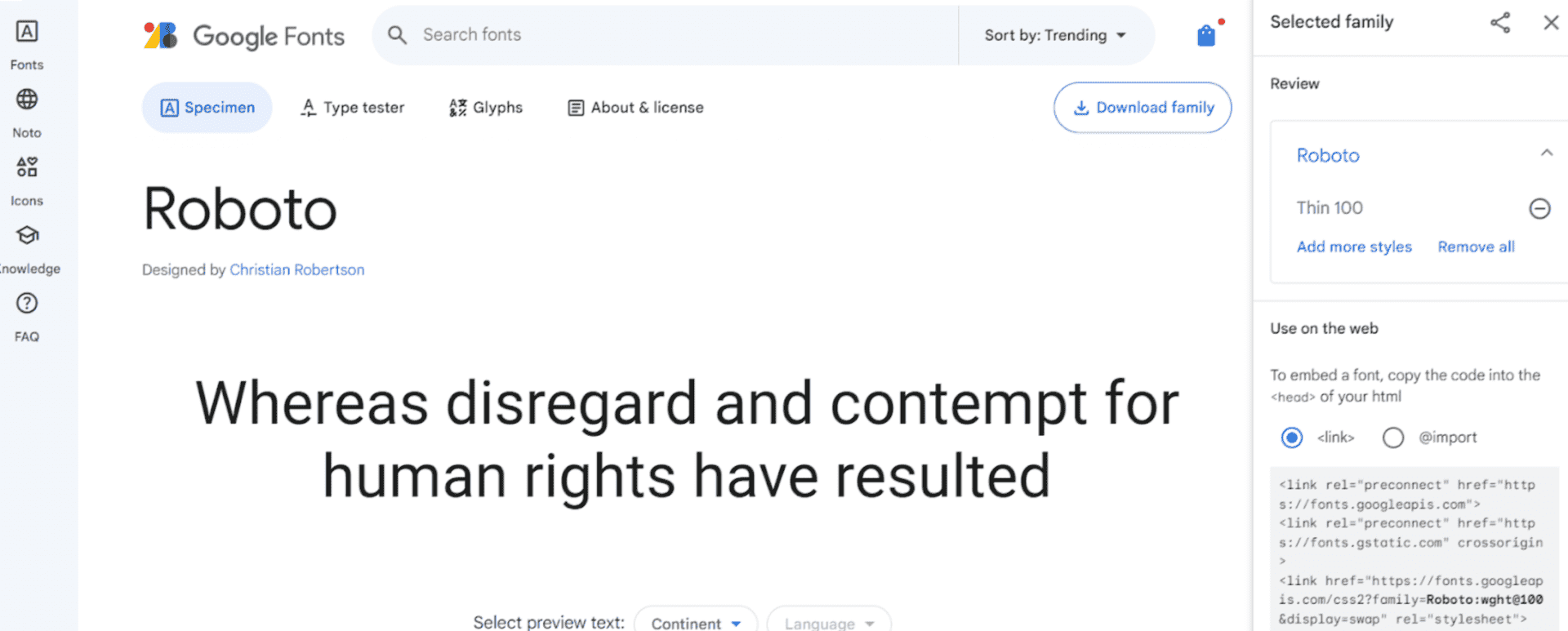
The ideal knowledge base system should integrate well with G-suite tools like Google Fonts, Google Translate, and Google Analytics. These integrations are essential when choosing a knowledge base tool for your business.
Integrating your knowledge base software with Google Fonts gives you access to various font options beyond the basic ones. Google Fonts offers you a variety of free font options that can be easily used.
Integrating your knowledge base with Google Translate can be helpful if you have a globally dispersed user base. This integration makes your knowledge base instantly available in over 90 languages, manages translations and allows you to improve translations manually.
Integration with Google Analytics is also crucial if you want to measure the effectiveness of your knowledge base. It provides rich insights into your traffic and allows you to analyze visitors’ behavior.
By integrating your knowledge base with Google Analytics, you can:
- See what visitors are searching for
- Track popular pages
- Monitor visitor search behavior
- Track search exits
- Measure average search depth and much more.
10. Seamless Feedback System
A robust feedback system is essential for a complete knowledge base. You should know whether your readers found an article helpful or if they have any suggestions for improvement.
Collecting and analyzing this feedback can make your knowledge base more relevant to your readers.
With built-in feedback forms, you can ask readers simple questions such as “Was this information helpful?” with Yes/No options, “Rate this article on a scale of 1 to 10,” and more.
An efficient knowledge management system should also enable you to create custom forms from scratch or integrate with third-party tools to add an external feedback form to your knowledge base. This flexibility helps you to tailor the feedback process to meet the specific needs of your business.
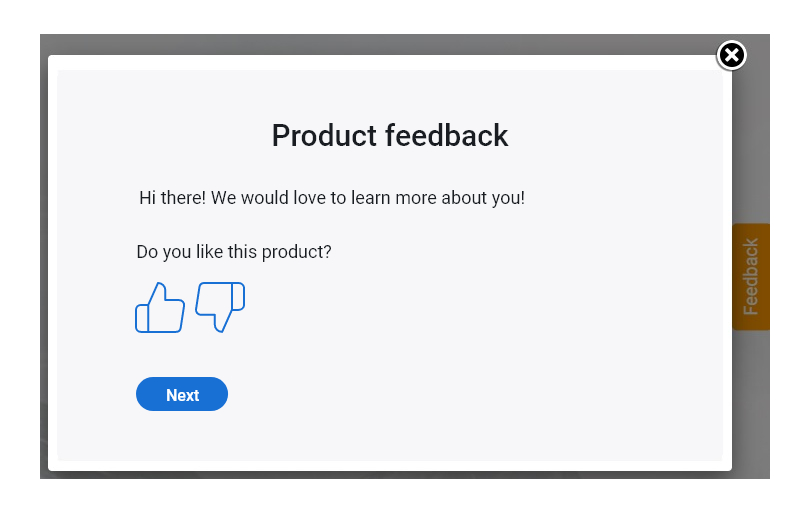
Choose the Right Knowledge Management System to Elevate User Experience
You must be ready to select the ideal knowledge management system for your business now. Given the variety of options available online, the process of finding the right software can be challenging.
However, you can choose knowledge management software that meets your business needs by focusing on key features like an easy-to-use interface, a powerful search mechanism, branding and customization options, etc.
Choose a user-friendly, reliable, and flexible tool that can grow with your business over time. All the best!
FREE. All Features. FOREVER!
Try our Forever FREE account with all premium features!


